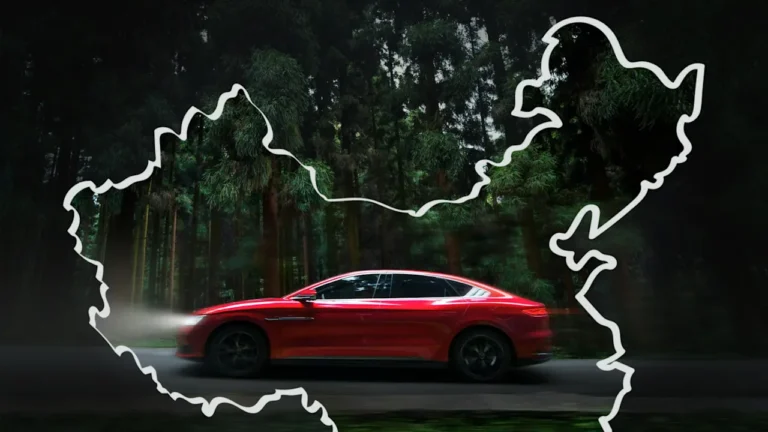
Despite the upsides of progress and innovation, the future can also be a never-ending source of anxiety. For many, early excitement and enthusiasm for experimentation eventually gives way to massive fears about disruption. For creatives especially, recent opinions about the future typically oscillate between absolute doom and relative boon. Still, I’ve found that thinking about the future is always worthwhile. In fact, it’s when creatives are at our best.
That’s because since the birth of the internet, the rise of digital display, search, interactive video, and mobile, we’ve seen the value of being the first to try. To fail. To learn. And to keep going. When social media (and later creators) forced us to think and execute at the speed of culture, we embraced that too. And now, in the AI era, we’re learning to navigate a landscape where the rules change on a daily basis.
As the battles are fought to determine the future of business, culture, and innovation, creatives will always be on the front line. Because when everything is changing all the time, it’s creatives—steeped in popular culture and driving innovation through our ideas—who have the skills and responsibility to lead. That’s why our community needs to be pioneering when navigating the future of creativity. We need to nurture the companies, culture, and talent that push beyond the fear to see an exciting future worth embracing.
Shifting perceptions, rising expectations
In the creative industry, change is constant. But in my work with the creative organization and educational charity D&AD, reviewing thousands of entries for our awards each year, I’ve seen more than just trends coming and going. I’ve seen that while technology has become more deeply embedded in the work, the most celebrated ideas are still those that put people at the center: solving real problems, creating connections, and shaping culture.
Access to powerful tools has democratized the field, but it has also led to raised expectations. Brands want ideas that move faster, work harder, and live seamlessly across disciplines. Categories that once felt separate, from product design to experiential to impact, are increasingly blurred. This shift is clear in a lot of the work that won this year.
Sightwalks from UNACEM is a brilliant idea for tactile sidewalk patterns to help visually impaired people. Apple’s AirPods Pro 2, with integrated hearing health and hearing aid features, reframed accessibility as an expectation in consumer tech. Spotify Spreadbeats, Thanks for Coke-Creating, and The Everyday Tactician from Xbox each demonstrate how technology can amplify craft while keeping creativity anchored in human needs and cultural context.
However advanced the tools become, the most powerful ideas still come from the skill to turn cultural understanding and creative ambition into something new. That truth connects the best of this year’s winning work, and it will be just as vital as the creative industries continue to evolve.
Prepare for the future
Ultimately, the best way for creatives to prepare themselves is to continue to nurture the essential human qualities that transcend technology, categories, or mediums. That includes a mindset that thrives on imagination and experimentation, taking advantage of creatives’ natural flexibility and talent for adaptation so that they can collaborate to develop the most forward-thinking creative ideas.
Nurturing that flexibility and adaptation look different depending on where you sit. Within a business, it means building systems that can respond to change without breaking. It also requires structures that allow for input, ambiguity, and iteration as well as a dedication to seeking out talent with different backgrounds, lived experiences, training, and skillsets. Meanwhile, for the creatives themselves, it’s about learning to stay curious in uncertain moments. And learning to contribute before the path is fully clear while collaborating across their differences in discipline, background, culture, and point of view.
The future will always be uncertain. But uncertainty is more than a challenge. It’s an opportunity to develop or strengthen the skills that will make creatives and their unique points of view invaluable in turbulent times. With the right mindset and a supportive environment, creatives can trade their fear of the future for a curiosity that will always keep them on the bleeding edge.
Kwame Taylor-Hayford is the cofounder of Kin and president of D&AD.

